
Now available
Gagosian Quarterly Summer 2025
The Summer 2025 issue of Gagosian Quarterly is now available, featuring Pablo Picasso’s Nu accoudé (1961) on the cover.
Extended through June 29, 2019
I am perhaps a painter without style.
—Pablo Picasso
Gagosian, in partnership with members of the Picasso family, is pleased to present Picasso’s Women: Fernande to Jacqueline, an exhibition of paintings and sculptures that attests to the central role and influence of the many women in Picasso’s life. It has been organized in honor of the gallery’s late friend and colleague, Sir John Richardson.
In the early 1960s, Richardson was planning to write a study of Picasso’s portraits and spent hours with the artist, poring over reproductions of his works. As Picasso spoke about the complexities of his pictorial thinking—pointing out, for example, that a portrait of Dora Maar might also contain elements referring to her romantic predecessor Marie-Thérèse Walter, and her successor Françoise Gilot—Richardson began to believe that a detailed biographical treatment of Picasso’s portraiture would close a notable gap in Picasso scholarship. Decades later he would sit down to write what would become the monumental multivolume biography, A Life of Picasso.
Maar once told Richardson that when a new woman entered Picasso’s life, everything changed: the art, the house, the poetry, even the dog. And yet, Maar’s observation is a bit misleading, for within the era of each successive muse, Picasso never settled on a singular style. Rather, in penetrating Picasso’s imagination, each woman served as a catalyst for experiments in color and form that would continue to change as the contours of the relationship shifted. It is through this process that Picasso’s work was constantly reinvented and renewed.
Picasso was as eclectic in his choice of muse as he was in style: the bohemian Fernande Olivier; disciplined Olga Khokhlova; blonde Venus Marie-Thérèse; passionate artists Dora and Françoise; Sylvette David, the young woman with a high ponytail; and Jacqueline Roque, the devoted, romantic beauty. Picasso’s portraits of these women express psychological insights, as well as the drama that only profound intimacy can reveal. He depicts each, as Leo Steinberg has argued, not how she presents herself to the world, but how she feels inside. These women invoke poetry, beauty, war, and poverty, ingeniously reflecting the spirit and reality of the changing times. Not merely mute muses, Fernande and Françoise published memoirs; Olga and Marie-Thérèse kept extensive archives of photographs and letters over decades; Dora gave interviews to researchers and documented Picasso’s work and private life in photographs. Picasso’s women are as essential to our understanding of the artist and his oeuvre as they were instrumental in his creative life.
Kindly be advised tour groups will not be permitted in the exhibition. All photography is also prohibited. Additionally, personal items such as large bags, tote bags, or umbrellas will not be allowed in the exhibition as we can not accomodate or provide storage for such items.

The Summer 2025 issue of Gagosian Quarterly is now available, featuring Pablo Picasso’s Nu accoudé (1961) on the cover.

On April 18, the exhibition Picasso: Tête-à-tête opened at Gagosian, New York. Including works from 1896 to 1972, the full span of the artist’s career, the show is presented in partnership with Paloma Picasso, the artist’s daughter. Here, Michael Cary, one of the organizers of the exhibition, traces the historical precedents that informed the conversational nature of the curation. He also introduces a translation of a 1932 interview with Picasso by the publisher and critic E. Tériade, often quoted in English in part but not in full.
Join president of the Picasso Museum, Paris, Cécile Debray; curator, writer, biographer, and historian Annie Cohen-Solal; art historian Vérane Tasseau; and Gagosian director Serena Cattaneo Adorno as they discuss A Foreigner Called Picasso. Organized in association with the Musée national Picasso–Paris and the Palais de la Porte Dorée–Musée national de l’histoire de l’immigration, Paris, the exhibition reframes our perception of Picasso and focuses on his status as a permanent foreigner in France.

Cocurator of the exhibition A Foreigner Called Picasso, at Gagosian, New York, Annie Cohen-Solal writes about the genesis of the project, her commitment to the figure of the outsider, and Picasso’s enduring relevance to matters geopolitical and sociological.
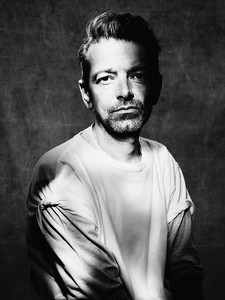
Pieter Mulier, creative director of Alaïa, presented his second collection for the legendary house in Paris in January 2022. After the presentation, Mulier spoke with Derek Blasberg about the show’s inspirations, including a series of ceramics by Pablo Picasso, and about his profound reverence for the intimacy and artistry of the atelier.
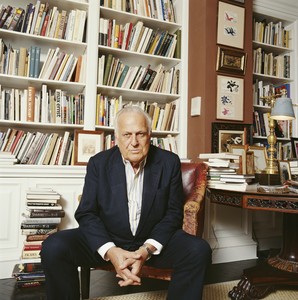
Pepe Karmel celebrates the release of A Life of Picasso IV: The Minotaur Years, 1933–1943, the final installment of Sir John Richardson’s magisterial biography.
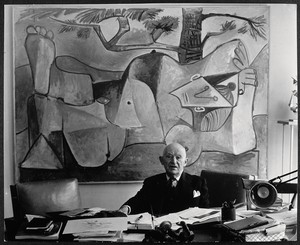
Michael Cary pays homage to the visionary dealer Daniel-Henry Kahnweiler (1884–1979).
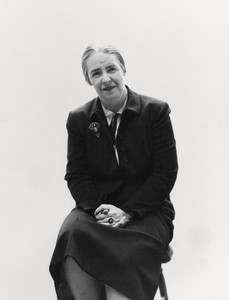
Berit Potter pays homage to the ardent museum leader who transformed San Francisco’s relationship to modern art.
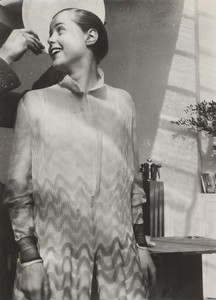
Inspired by a visit to the Fondation Louis Vuitton’s exhibition Charlotte Perriand: Inventing a New World, William Middleton explores the life of this modernist pioneer and her impact on the worlds of design, art, and architecture.
Diana Widmaier-Ruiz-Picasso curated an exhibition at Gagosian, Paris, in 2017–18 titled Picasso and Maya: Father and Daughter. To celebrate the exhibition, a publication was published in 2019; the comprehensive reference publication explores the figure of Maya Ruiz-Picasso, Pablo Picasso’s beloved eldest daughter, throughout Picasso’s work and chronicles the loving relationship between the artist and his daughter. In this video, Widmaier-Ruiz-Picasso details her ongoing interest in the subject and reflects on the process of making the book.
Jenny Saville reveals the process behind her new self-portrait, painted in response to Rembrandt’s masterpiece Self-Portrait with Two Circles.

Picasso biographer Sir John Richardson sits down with Claude Picasso to discuss Claude’s photography, his enjoyment of vintage car racing, and the future of scholarship related to his father, Pablo Picasso.
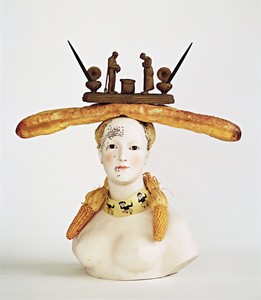
Mary Ann Caws and Charles Stuckey discuss the presence of food and the dining table in the history of modern art.

Celebrating the one hundred-year anniversary of Picasso’s first trip to Italy, the Scuderie del Quirinale in Rome is hosting the exhibition Picasso: Tra cubismo e classicismo 1915–1925, a grand presentation of two hundred works by the artist.

Diana Widmaier Picasso, curator of the exhibition Desire, reflects on the history of eroticism in art.
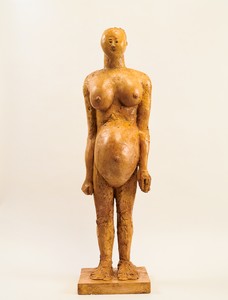
The story behind the sculpture that Diana Widmaier Picasso highlighted in Picasso’s Picassos: A Selection from the Collection of Maya Ruiz-Picasso.
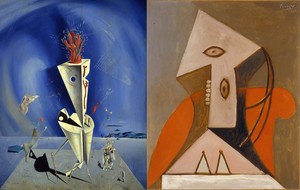
Known influencers, but did they influence each other?